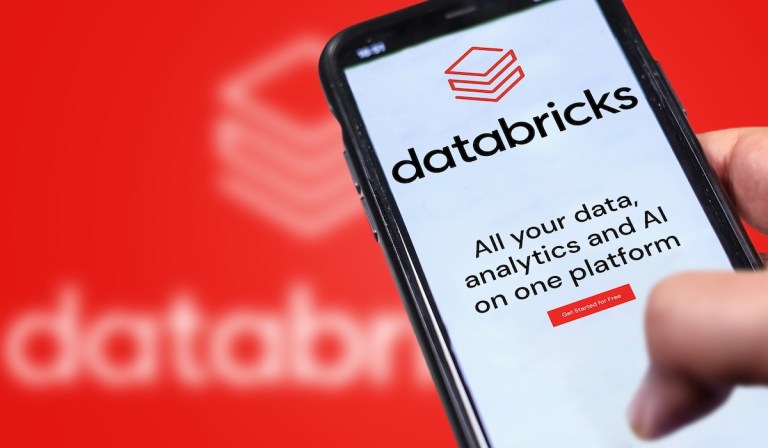Why Every Business Now Wants a Data Lakehouse

Enterprise-level digital transformation is no longer just a buzzword; it’s a strategic imperative.
To get a sense of where the ongoing and transformative shift is heading, one just needs to take a look at the marketplace.
Databricks, a $43 billion open analytics platform for data and artificial intelligence (AI) solutions, announced Monday (Oct. 23) it is acquiring enterprise data company Arcion for about $100 million.
In a press release announcing the deal, Databricks explained that Arcion’s ability to replicate data from systems of record, including customer relationship management (CRM), enterprise resource planning (ERP) and enterprise apps, will better enable Databricks to provide native solutions that can ingest data from various databases and Software-as-a-Service (SaaS) applications into its own unified, open analytics platform for building, deploying, sharing and maintaining enterprise-grade data, analytics and AI solutions at scale.
Troves of critical data sit siloed across transactional databases and SaaS apps within the broader business ecosystem. Of the largest enterprise companies, more than 80% have over 10 systems to juggle, and this degree of fragmented data makes informed and instant decision-making a challenge, per the release.
The Arcion purchase comes on the heels of Databricks’ earlier $1.3 billion outlay for generative AI startup MosaicML in June. It also shows how distilling disparate enterprise data into usable generative AI solutions is becoming an increasingly valuable strategic tool for businesses.
“The rapid developments in data and AI are bringing sweeping changes to the financial industry,” said Databricks Co-founder and CEO Ali Ghodsi in a statement provided to PYMNTS. “Conversations around governance, data sharing and generative AI are top of mind for every financial executive.”
Read also: Companies Tap Their Own Data to Drive Efficiencies With AI
Combining Data Warehouses and Data Lakes Into a Lakehouse Architecture
The generative AI tool GPT was first released in 2018, but it wasn’t until 2022’s ChatGPT, or GPT-3.5, that the innovative technology was able to shift public conversation and enterprise attention around the power and potential of generative AI.
To make the latest innovations of generative AI accessible to any size organization, enabling them to build, own and secure generative AI models with their data, Databricks combines data warehouses and data lakes into a lakehouse architecture.
But what do those terms mean and why do they matter in the context of digital transformation, particularly for firms stuck dealing with inflexible legacy systems and processes?
To start, data warehouses are centralized and structured repositories that are used to store, manage and analyze large volumes of data from various sources, such as databases, applications and other data streams. Data in a data warehouse is typically organized into tables and optimized for complex queries and reporting, and warehouses are designed to support business intelligence and reporting activities by providing a clean, integrated and historical view of the data.
Enterprises generate and store vast amounts of data in various formats and locations. Integrating this data into a coherent and accessible form is a challenge.
See also: Data-Ready Banks May Have Competitive Edge in Digital Innovations
Data lakes, for their part, are vast, flexible repositories able to store data in its raw, unprocessed form. They can hold structured data, semi-structured data and unstructured data, making them well-suited for big data and data analytics as they enable organizations to store data at a lower cost, and they offer the flexibility to analyze the data in various ways, allowing organizations to collect and store data rapidly, even if they are unsure how they will use it in the future.
When the two are combined into a lakehouse architecture, firms can leverage a data storage and management approach that combines the best features of data warehouses and data lakes.
In a lakehouse architecture, data is stored in a data lake in its raw form, similar to a traditional data lake. However, it also incorporates features found in data warehouses, such as ACID (Atomicity, Consistency, Isolation, Durability) transactions, schema enforcement and indexing. This combination allows organizations to have the flexibility of data lakes while ensuring the reliability and performance of data warehousing.
Lakehouse architecture is designed to support both batch and real-time data processing, making it a versatile choice for modern data analytics and data engineering workflows.
Data Is at the Core of the Digital Transformation Journey
The power of generative AI tools to spread through every enterprise function and support every employee, as well as to engage every customer, rests on data — and B2B companies are increasingly using AI and machine learning to extract valuable insights from their data.
By harnessing the power of data, B2B organizations are achieving greater efficiency, better customer relationships and improved decision-making, but there is still a long way to go. Like most things, it starts and ends with payments.
“The payment piece is crucial for broader digitization at the enterprise level,” Dean M. Leavitt, founder and CEO of Boost Payment Solutions, told PYMNTS in an interview published Wednesday (Oct. 25).
As the digital landscape continues to evolve, businesses that embrace data-driven strategies will have a competitive edge in the B2B marketplace.
For all PYMNTS AI coverage, subscribe to the daily AI Newsletter.